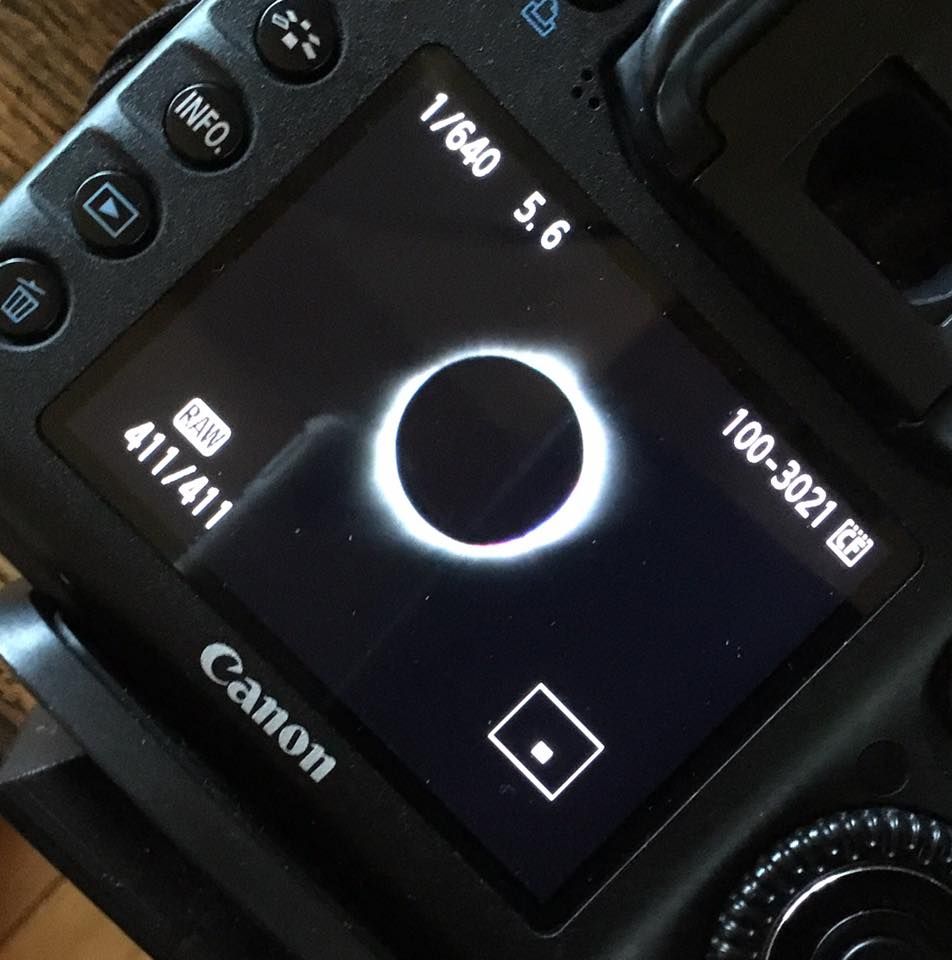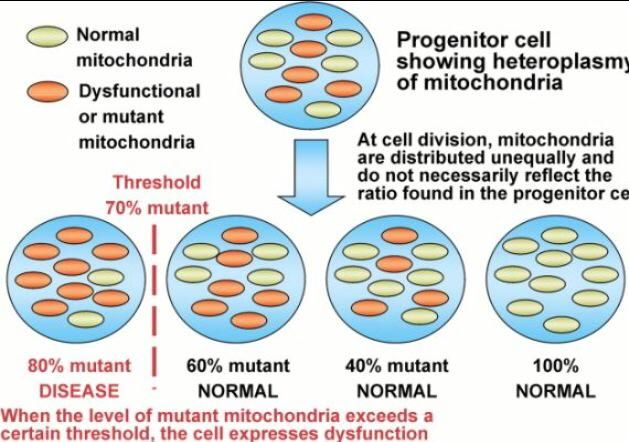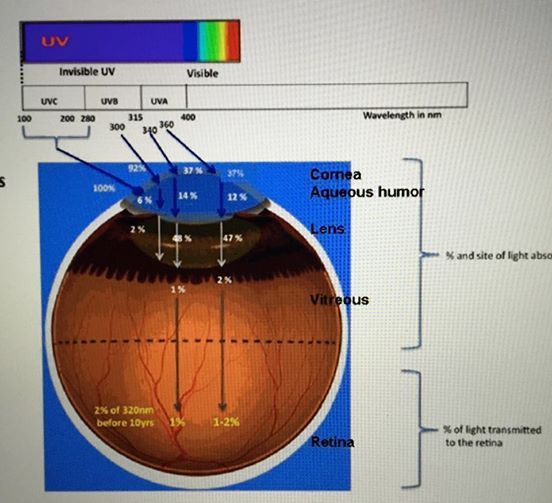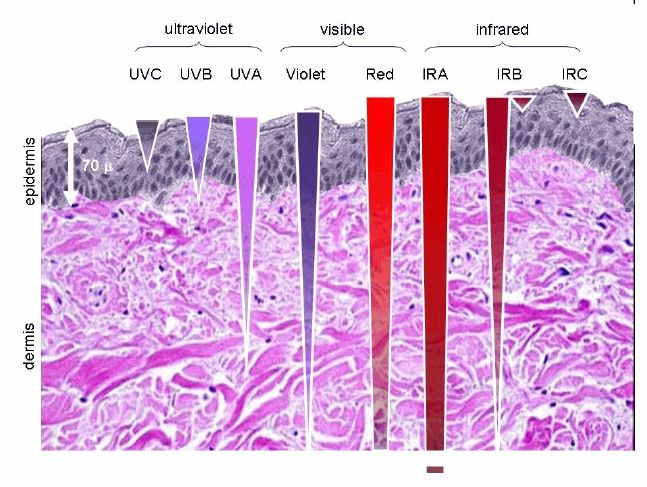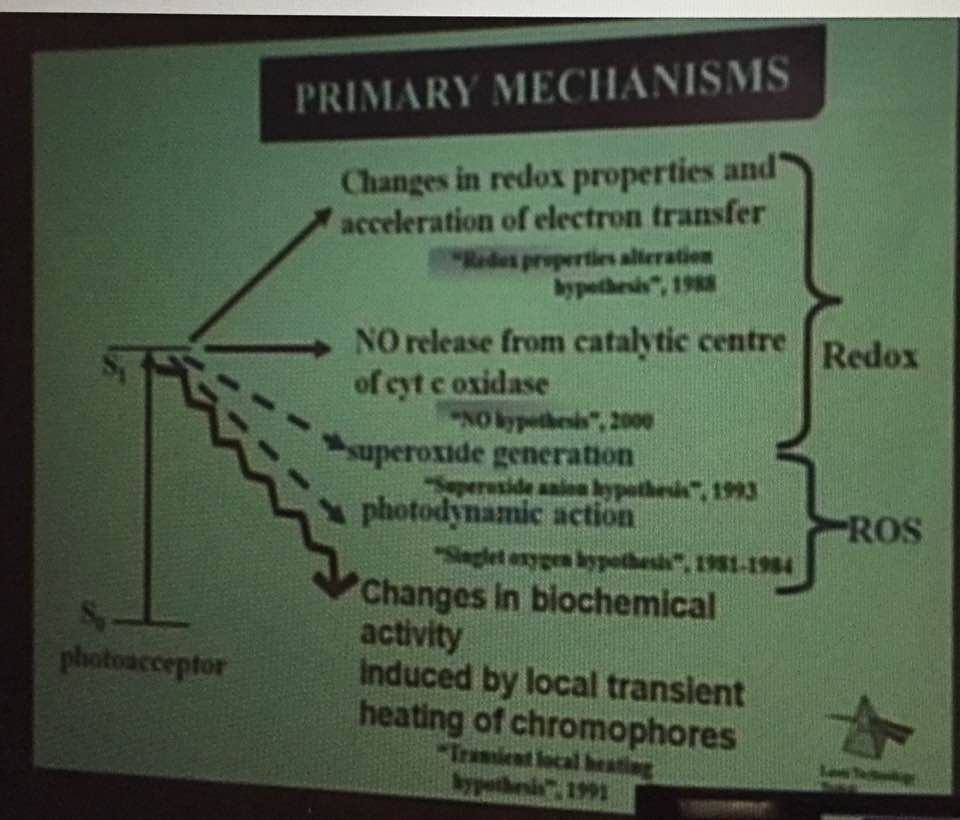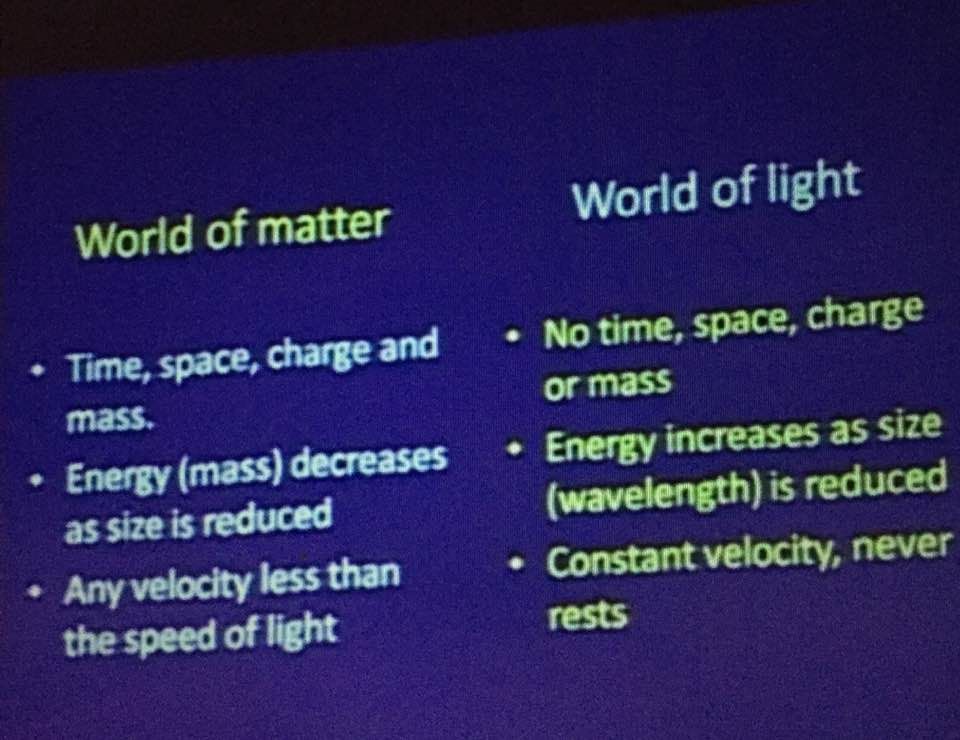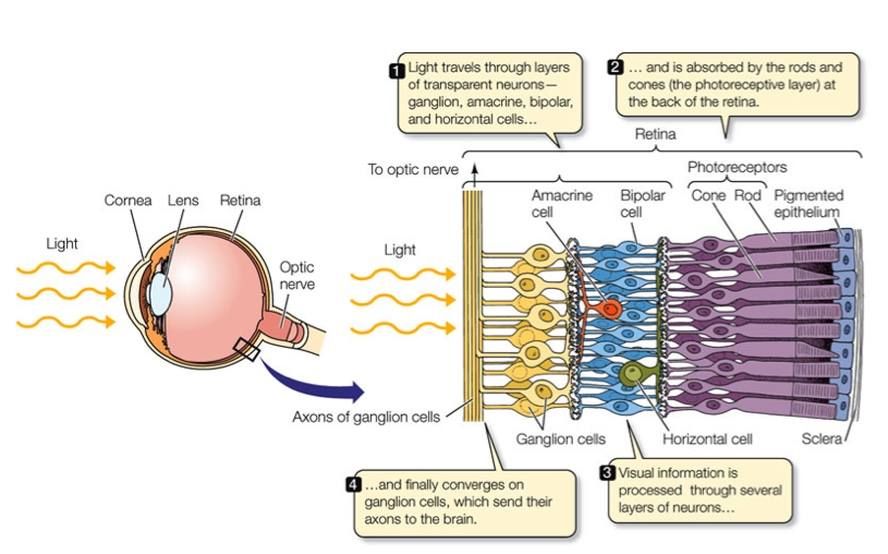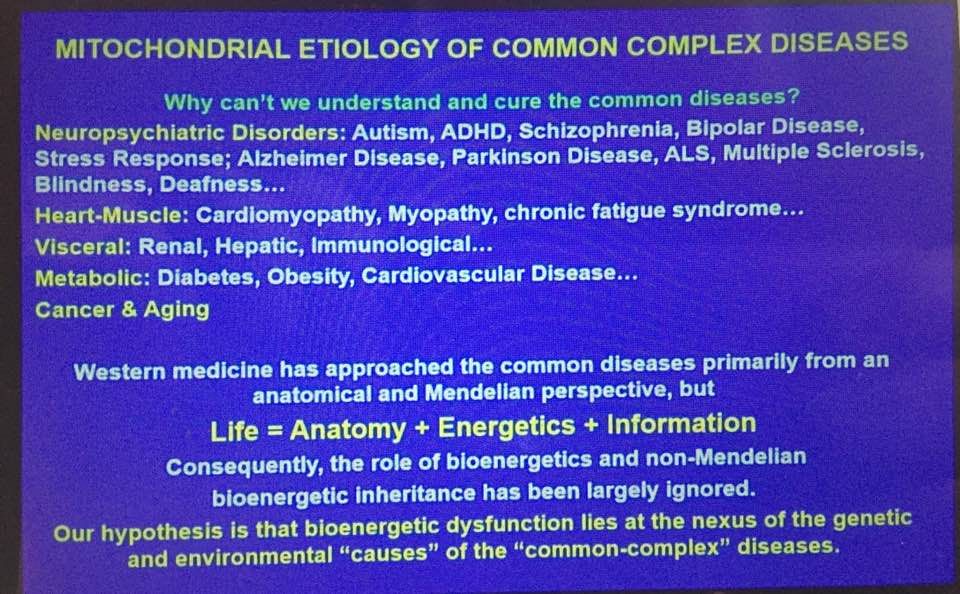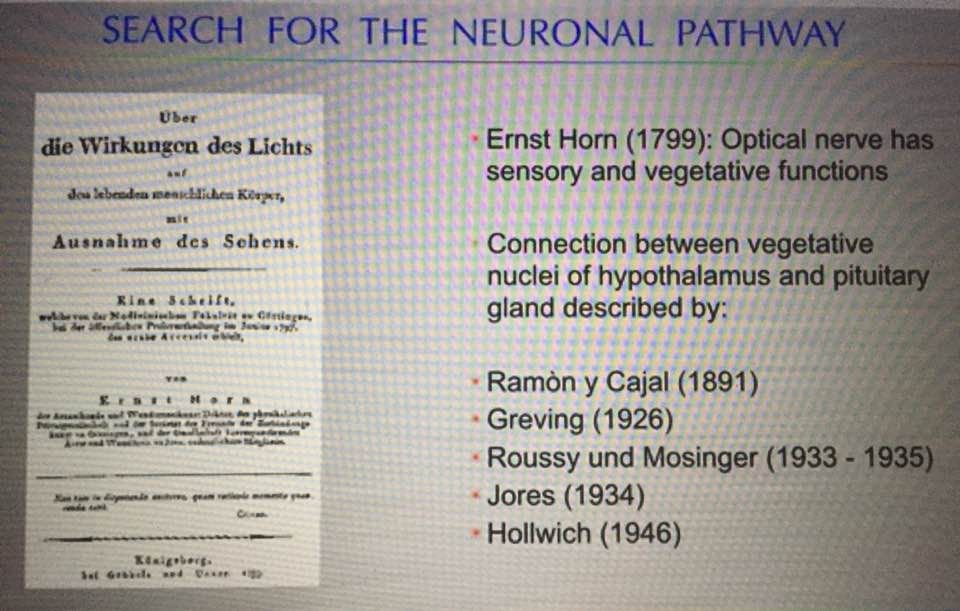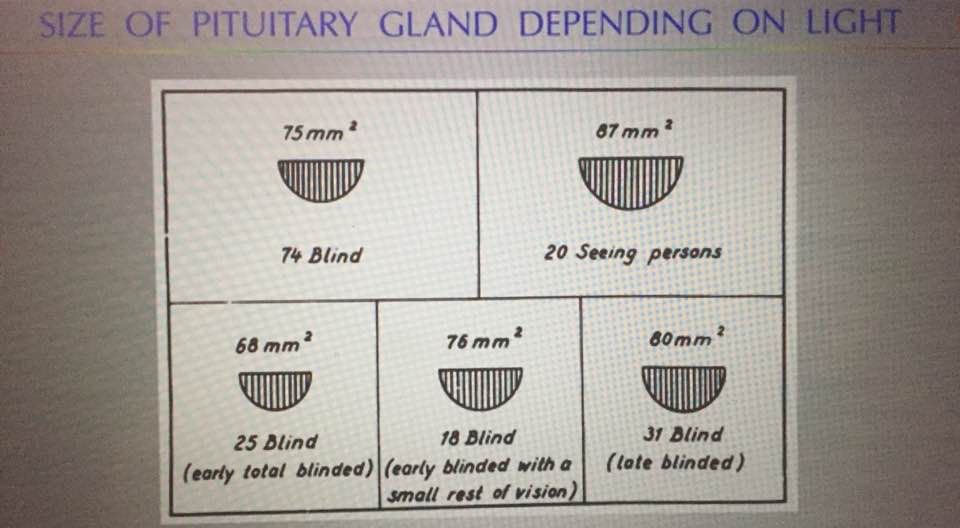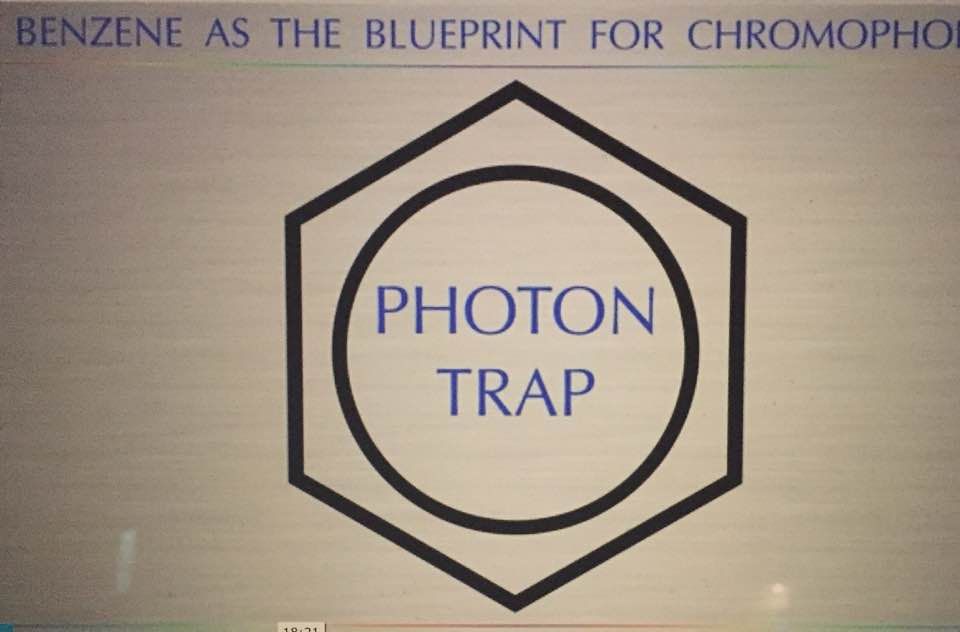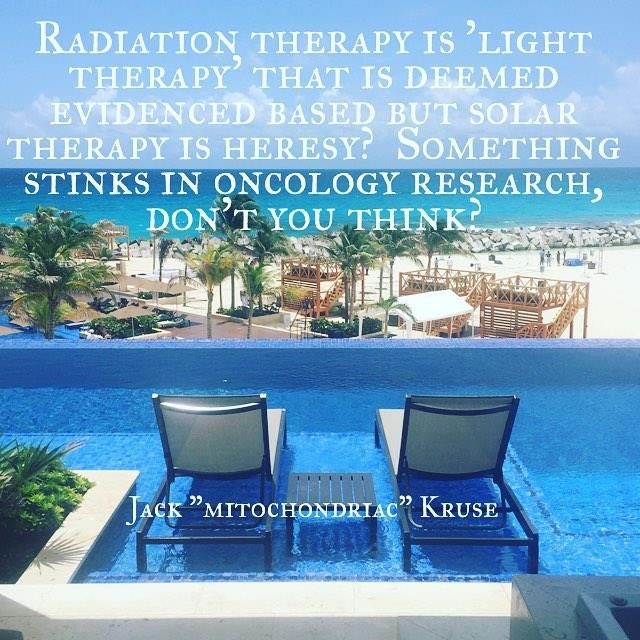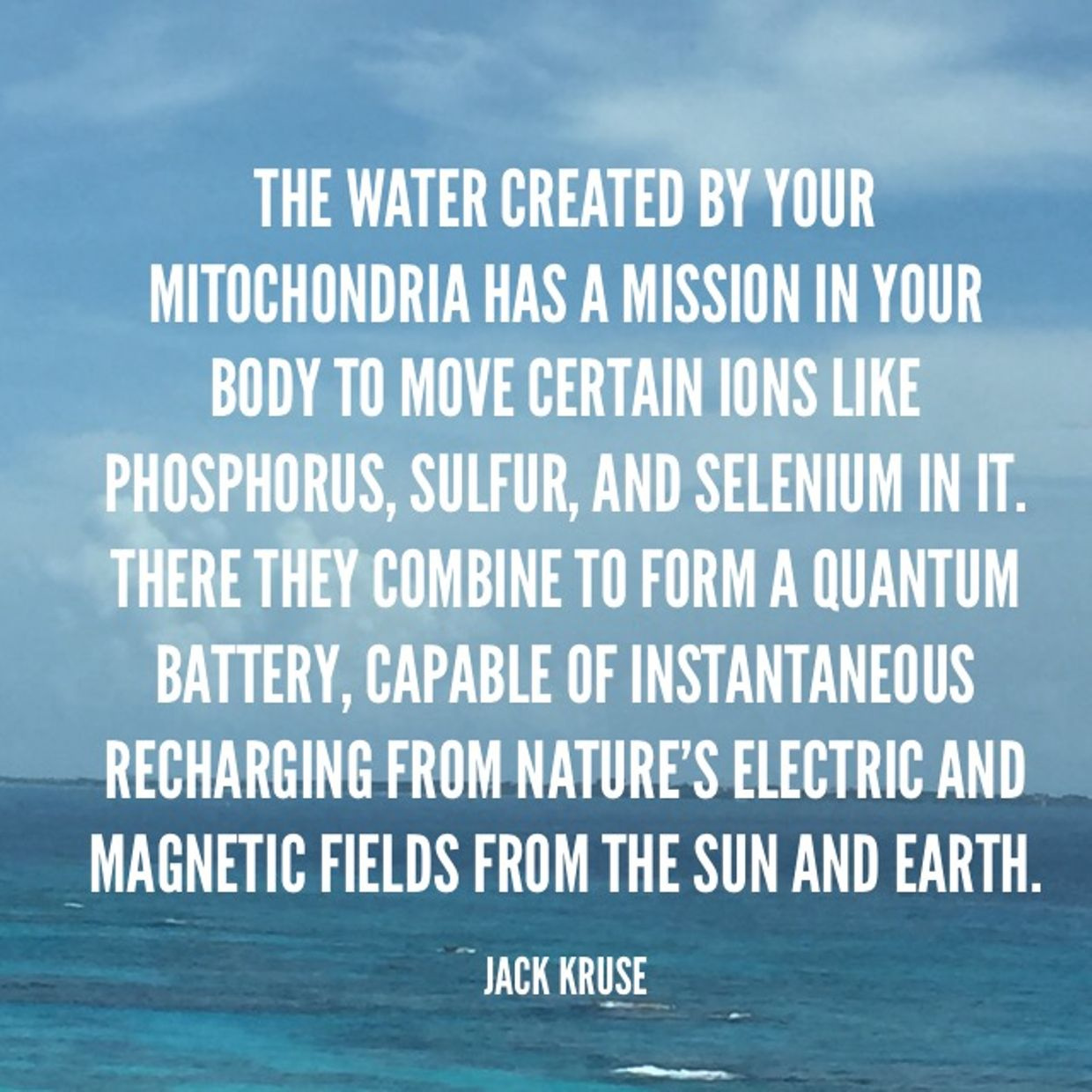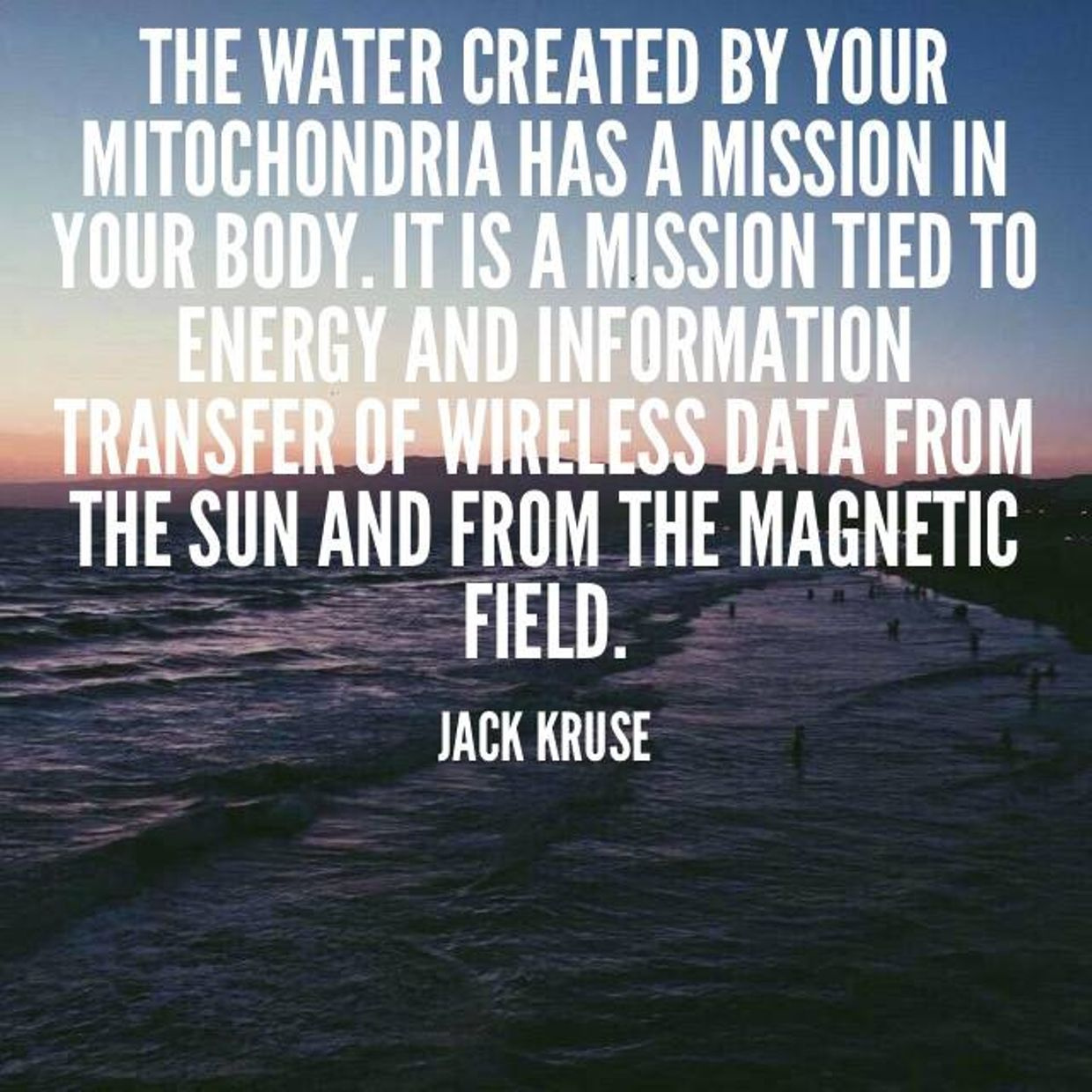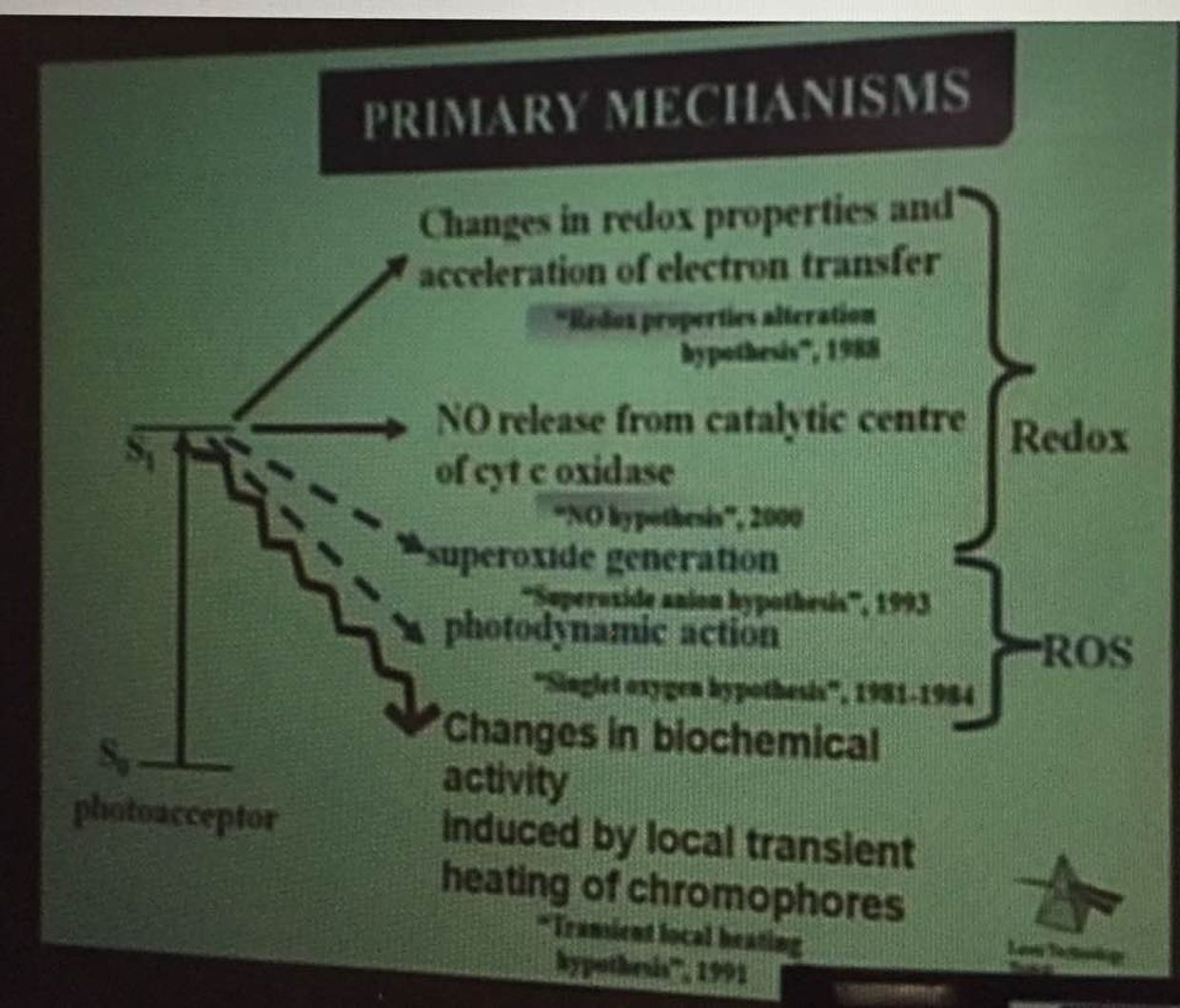
THE BLOG TAKE HOME : Are there truly quantum effects or phenomena intrinsic to a specific thermodynamic process that offer an operational advantage over their classical counterpart? Most people think that sunlight hitting water is the key mechanism to make the battery for life. That view point is myopic. Quantum mechanics allows us to create a battery that can collect and distrobute energy on demand and this is the kind of battery tissues that are alive would need. It represent what we observe in the living state. When we need energy our tissues deliver. How do they do this? After all thermodynamics should be sensitive to the underlying microscopic description. For example, the efficiency of an engine should always be limited by the Carnot bound irrespective of whether the working medium is comprised of quantum or classical components. However, for non- equilibrium protocols the question is more subtle. For instance very recently it has been demonstrated that it is possible to use non-equilibrium short cuts to adiabaticity to boost the power of engine cycles without compromising efficiency (Deng et al. 2013, del Campo et al. 2014). One may then wonder whether it is in the finite time operation of devices that quantum mechanics offers an advantage biology is unaware of. The present blog provides an example of a process where quantum correlations provide an huge advantage to living state.
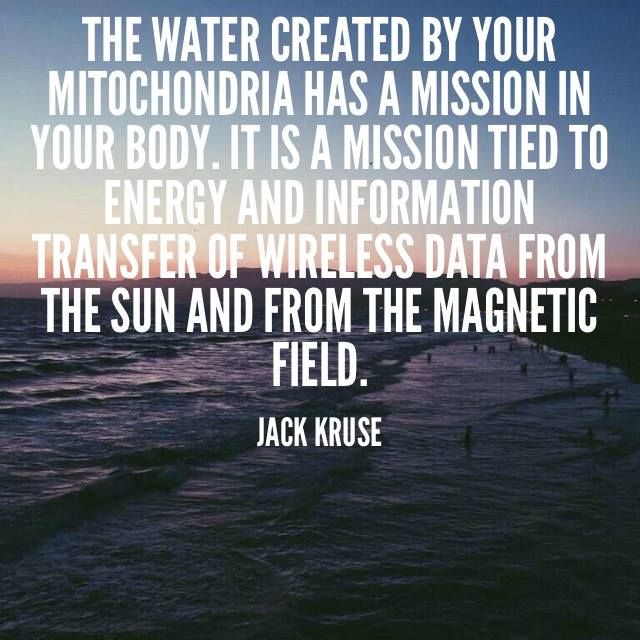
Since Becker established that human bone uses P/N junctions for semi conductive circuits that regenerate human bone it has been found that their are many other ways solar light’s non linear physical abilities are used in a cell. Biologic semiconductors are made from collagen and doped with phosphorus to make cellular lasers while we sleep to regenerate cells and tissues. This process is very interesting. These ideas are intimately tied to the April 2016- Sept 2016 webinars and will be particularly helpful for members of this site who have had access to them.
Daytime is associated with the DC electric current presence and at nighttime it goes away with the sun. What happens in between day and night is why evolution invented sleep. When electric resistance in any circuit is increased, light emission tends to occurs more easily photoelectrically. This shows you that a DC electric current can be changed to a photonic signal just by a charge change or a small temperature change. Semiconductors lie in an area between the metals and non-metals on the periodic table. Life is carbon based. Carbon is in Group IV of the periodic table. Phosphorus is a group 5 element. Sulfur and Selenium are group 6 elements that is also critical in charging fats with starlight like cholesterol, DHEA, heparin, and Vitamin D3 in our skin immediately.
There is a quirk in quantum electrodynamics that tell us that a quantum battery could allow for energy on demand.
You’re probably familiar with quantum bits (qubits) to some degree from all the news about quantum computing in recent years. Unlike regular digital bits, a qubit can be in either of two states or both states at the same time. Physically, the qubits can be any number of particles including photons, ions, and neutral atoms. In the case of a quantum battery, the qubits are referred to as work qubits (nicknamed “wits”) because they are used to store energy that can later be extracted to perform work. Each wit has a high-energy state and a low-energy state much like an electron does. See Jablonski diagram below. Add power to the system, and you flip wits to the high-energy state to store energy.
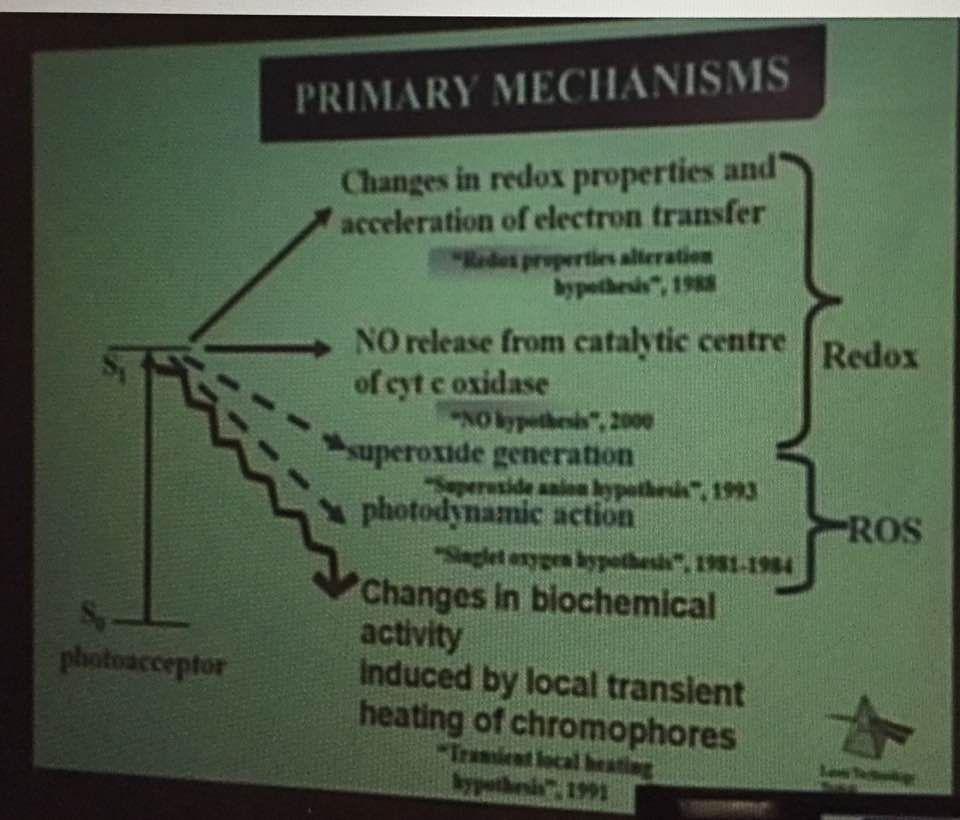
The trick to getting super-fast charging times out of a quantum battery is that all of these wits can (theoretically) be entangled during the charging process. Conventional battery charging is limited by thermodynamic processes as the electrons flow in, but two entangled wits can bypass most of this. If two particles are entangled, they will share the same quantum state even if they aren’t in the same physical space. In this case, that state is storing energy. The researchers say this means the wits can be charged “globally” for a huge increase in speed. In fact, the charging speed is proportional to the number of “wits in a battery”. This means the more Phosphorus, sulfur, and selenium our tissues contain the faster we can assimilate electric and magnetic energy from the sun or Earth. If a quantum battery with one work qubit takes an hour to charge, one with six wits would only take 10 minutes. The one problem for technology now is that technology companies are looking to make hard case batteries. It turns out life figured out how to use water and atoms like phsophorus and sulfur to take advantage of this QED effect. It turns out that non-fluid quantum systems are very hard to maintain for even short periods of time. The reason for this is most matter undergoes decoherence easily when solid matter is used. This is caused by the effect of decoherence, which basically interference from outside the quantum system. Water is also a natural Faraday cage so it not only is the ideal fluid for a quantum battery but it also protects the quantum coherence of the system when sunlight activates the fluid. Researchers for technology battery makers will also need to find a way to get the energy out of a quantum battery in a useful way rather than just as radiant heat. Biology uses a mitochondrion to accomplish this task with great efficiency.
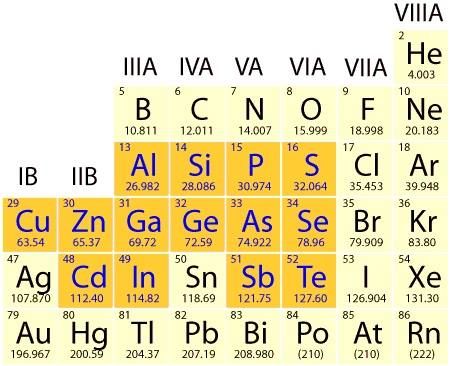
I would tell you to careully notice where P, S and Se are located on the periodic table. Alos remember this table is quantized from an organizational standpoint. By doping our carbon based semiconductors with Group V elements like nitrogen and phosphorus, extra valence electrons are added that become unbonded from individual atoms and allow the compound to be an electrically conductive N-type semiconductor. Chlorophyll and hemoglobin both use a nitrogen cage around a metal atom to build their N-type semiconductor that creates excitons by slowing light down.

I consider the sun a wireless electric charger for all of our carbon based semiconductors. The key to this wireless connection however is how a star’s plasma interacts with phosphorus in proteins and enzymes. This is why carbon based collagen is the number one protein in all living cells and it is also why phosphorus is a mission critical atom in turning on and turning off physiologic pathways used inside of all living cells. ATP is the storage house for inorganic phosphorus. This is also why Nature has put nitrogen within the center cage that holds a metal atom in chlorophyll and hemoglobin. These two porphyrins are critical to all plant and animal life via wireless solar recharging by creating excitons.
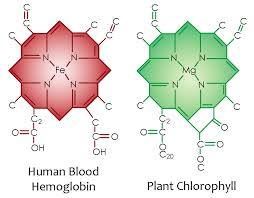
N-type semiconductors like collagen, chlorophyll, and hemoglobin have a larger electron concentration than a hole does, guarranteeing concentration of light electron collisions by design. This makes them more likely to collide with the sun’s light.
In life, nitrogen, phosphorus, sulfur, and the transition metals as the key “doping atoms” inside of cells because they are found in all key proteins and in mitochondria and blood. In plants they are associated with chloroplasts. Not only is collagen a N-type semiconductor but it is also piezoelectric. Piezoelectric materials are able to turn mechanical energy into electric energy. The DC electric current is the key to all regeneration programs according to the work of Burr and Becker.
I’d like you to consider this passage from Roeland van Wijk’s, “Light in Shaping Life: Biophotons in Biology and Medicine”, pg. 234.
“Such research resulted in the electrodynamic theory of life. This was developed by Burr and F.S.C. Northrop, it was first published in their joint paper (1935). A summary of the hypothesis by Burr and Nortrop is present in the following quote,”The pattern of organization of any biological system is established by a complex electrodynamic field, which is in part determined by its atomic physical-chemical components and which determines the behavior and orientation of those components. This field is electrical in the physical sense and by its properties it relates the entities of the biological system in a characteristic pattern and is itself in part a result of the existence of those entities. It determines and is determined by the components. More the establishing pattern, it must maintain pattern in the midst of a physicochemical flux. Therefore, it must regulate and control living things, it must be the mechanism the outcome of whose activity is “wholeness, organization and continuity.” The electrodynamic field, then is comparable to the morphogenetic field of Gurwitsch, and to the entelechy of Driesch.”
Scompy, one of my members, mentioned , After reading this statement, it should hit you again that most biological educational programs from high school and college, TO THIS VERY DAY, are missing the biophysics in their definition of Biology: “The Study of Life.” Of course, many in the East and Robert O. Becker in the West continued these works from the 1930’s. It is evident that teachers and educators downplay or outright dismiss nnEMF impacts upon human biology, when their own education sets do not include the breadth of past biological research.
In the experiments Becker did on bone for limb regeneration in salamanders, just shining light on the bone elicited an increase in its electric current that was measured. The light bone emitted was infrared. This makes sense when one considers that bone is surrounded by water, and water is a red light chromophore. Themrodynamically red light moves thing with mass. Red light is also capable of simultaneously building the exclusion zone in bone. BOne has massive amount of P, S, and Se proteins in it too. Bone contains massive amounts of water because it has a brisk blood supply to the bone marrow. Blood plasma is 93% water by volume. Becker knew most semiconductors in solid state physics tended to absorb UV light well and fluoresced light with a less powerful frequency as a result. That light emission was then used to perform another step in the regeneration phase in the limbs of salamanders, via the generation of the DC electric current.
BLUE LIGHT = LOW SULFATION VIA LOWERED MELATONIN
The presence of short frequency blue light in the environment has been found to destroys the reverse bias current in tissues. This is also linked to lowered melatonin levels and lowered tissue sulfation. This is why the DC electric current dissappears at night time and this decreases electric resistance. In an artificial blue lit environment the DC electric current does not dissipate in the anterior visual pathways and the skin and this is why sleep and regeneration potential is slowly destoyed by manmade light at night.
At night, with no sunlight present, temperature in the blood and CSF is designed to fall a few degrees. This is associated with a rise in melatonin and adensoine which helps sleep cycles progress. As melatonin increases locally in tissues, sulfation of lipid and proteins occurs while cells begin to release ELF-UV light. It is also like our tissues at night release the same healing frequencies at night to stimulate regeneration pathways that cells take advantage of when the sun is shining. Semi-conductors act as non-metals at lowered temperatures. This means their electrons are trapped within the atom or molecule. During daylight these electrons can be excited by solar light on our surfaces that contain melanin/eumelanin which capture UU and IR light. This is the way light is controlled for later use in tissues when the sun is not shining.
HOW DOES TISSUE EMIT LIGHT?
In 1887, Hertz really discovered the photoelectric effect but never realized it because he could not explain it.
Hertz used a spark gap between two dissimilar elements to get his result and biology uses hydrated fluorphores and chromophores molecules to do the job. Both are tied together by the interaction of solar light at a biologic surface.
Hertz’s spark gaps worked because of a voltage difference between two conductors that lead to the gap’s breakdown……so a spark of light plasma was emitted. When a spark got released he found it couldionize a gas. This is very similar to how lightening forms in our charged atmosphere. I believe semiconductors in our tissues have large voltage differences at night and this is why they release light at night to stimulate tissue sulfation and melatonin actions.
When this happened to Hertz’s experiments in 1887 he found another interesting finding. He found electrical resistance dropped like a rock allowing the electric spark to flow. This is EXACTLY what Becker found in his regeneration experiments. Hertz found its flow continued until either the pathway of the ionized gas was busted or the current dropped below a minimum value. The emitted electrons in his experiments could come from gases, metals, non metals, even liquids. Any atom seemed to work. This means the photoelectric effect affects anything it physically interacts with………hence why light determines things and not food…………..
This wasone of the first proof’s I found that solar light collisions with atoms and not food or exercise are the key point in wellness. We had to slow light down to make things happen in a cell.
The key point of Hertz’s observations were that you can’t observe this effect unless environmental conditions allow for it………….this is where modern biologic science loses itself.
What in the environment sets the stage for this effect? Can we wirelessly recharge using the sun and magneto field or not? The first step in photosynthesis and in the skin and blood plasma where chlorphyll and hemoglobin are is the charge separation of water to make electrons and liberate hydrogen. Hydrogen is a clean natural fuel.
Hydrogen without its sole electron is a metal plasma and excellent electrical conductor. This form of hydrogen is buried in our sun and in our mitochondrial matrix. This means our mitochondria is filled with ionized metal plasma.
H+ is linked to phosphorus function by way of ADP/ATP ratio’s with electron flow in ETC. Phosphorus is one of our base key semiconductors (see periodic table above) used in the circadian clock mechanism in the brain and all cells because it links to ADP/ATP levels and inorganic phosphorus levels. As ADP and AMP rise, inorganic phosphorus also increases making more of “quibit/wits” in cells to allow for immediate charging. This of course assumes you are connected to the sun or magneto field. Today most are not connected enough. This is why being in the sun is way more important than eating food is for energy generation. It also fully explains my point in Vermont 2017 why the sun makes 2/3 of ATP and food can only make 1/3 of the ATP we need. This also squares with Dr. Ling’s calucations that ATP could not explain the observed thermodynamics in a cell if one just considered the bio-chemical pathways published in books. During sleep consciousness fades as the sun fades; so does the DC electric current in cells. During wakefulness ATP and phosphorus and sunlight are necessary for consciousness to manifest, and the DC electric current manifests in cells.
PHOSPHORUS AS ARE MAIN QUIBIT/WIT: BATTERY BASICS
Phosphorus is a key atom in life’s post translation modifications of proteins (ATP/ADP), I knew it had to have specific biologic advantages using the wireless connection of electromagnetic spectrum from the sun. One key finding was that red phosphorous can act as a semiconductor by itself. A Japanese scientist, Akira Fujishima, performed the earliest work on splitting hydrogen (H+) out of water. He discovered that titanium dioxide could produce the gas, a finding first reported this in Nature in 1972. Phosphorus is a photocatalyst operates much as chlorophyll does in a plant, or melanin works in skin, by absorbing energy from light and causing a chemical reaction in water to charge separate it, and liberating protons and confinfing electrons in the exclusion zone to create energy from the sun in the form of hydrogen and free electrons. This increases the electrical charge in cells directly. Cells have harnessed the ability of phosphorus to split water and the power of phosphorus is clearly present by being ubiquitously present in all of our proteins to make our peripheral clock genes (CLOCK and PER2 genes) operate properly with sunlight. When they don’t harness this power you get diseases in that organ because the mitochondria become faulty and heteroplasmy rises. This is why phosphorylation of proteins is found everywhere one looks in high energy metabolic pathways in a cell.
In fact, it is the reason it is used in clock mechanisms to fine tune coupling and timing inside a cell. This is critical in the eye clock mechanism. Most of the known clock proteins are phosphoproteins and phosphorylation events play a key role in generating circadian rhythms. AMP-activated protein kinase (AMPK) constitutes an interesting example of interconnection between phosphorylation events of clock components and metabolism status. AMPk links to carbohydrate/glucose because carbohydrates are loaded with serotonin which is the main precursor aromatic amino acid that makes melatonin. This is why the link really exists and no one seems to see the quantized link. In fact, we now know AMPK activity regulates trafficking of mitochondria to the leading edge of tissue growth during cell migration and germinal matrix invasion in the brain.
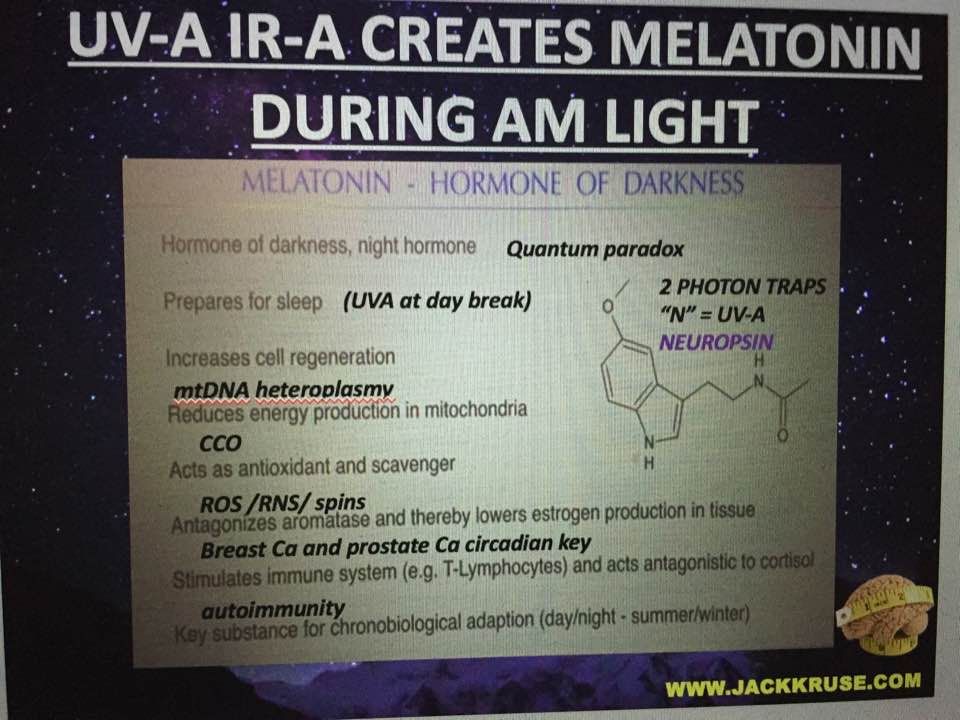
ATP synthesis is not directly coupled to the cytochromes of the inner mitochondrial membrane. For sequential e – transfers to occur, be mindful that the ATPase is not directly coupled to the respiratory proteins. H+ translocation at the cytochromes generates the chemiosmotic gradient necessary for ADP phosphorylation. This H+ comes from the matrix and has to pass through the spinning head of the ATPase and it exits into the outermitochondrial membrane space as the H+ must cross the inner mitochondrial membrane. This H+ version of hydrogen has some pretty special abilities when its scale and density is altered by electric and magnetic fields that suround it. They key reaction stoichiometry of the ATPase for a
• 360-degree revolution = 3 ATP = 10 H+ = hydrogen must be stripped of its sole electron to become an ion to act like a metal plasma in the matrix. The first three cytochromes are all dehydrogenases whose job it is to remove hydrogen from foods. Why do the sun and mitochondrial matrix have something deeply in common? Is this why photosynthesis and a mitochondria are entangled? I think so; I think this might be how animal photosynthesis began on Earth?
PHOSPHORUS AND CONSCIOUSNESS
In a study published in 2015, physicist Matthew Fisher of the University of California at Santa Barbara argued that the brain might contain molecules capable of sustaining more robust quantum superpositions. Specifically, he thinks that the nuclei of phosphorus atoms may have this ability.
Phosphorus atoms are everywhere in living cells. They often take the form of phosphate ions, in which one phosphorus atom joins up with four oxygen atoms.
Such ions are the basic unit of energy within cells. Much of the cell’s energy is stored in molecules called ATP, which contain a string of three phosphate groups joined to an organic molecule. When one of the phosphates is cut free, energy is released for the cell to use.
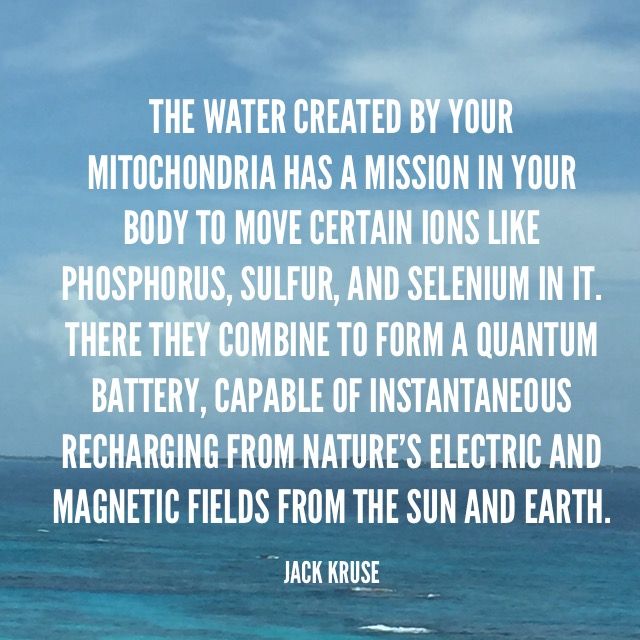
Cells have molecular machinery in their mitochondria for assembling phosphate ions into groups and cleaving them off again. Fisher has suggested a scheme in which two phosphate ions might be placed in a special kind of superposition called an “entangled state“.
An “entangled state” implies that all phosphorus in our cells would act in unison in some specific or partcular fashion.
The phosphorus nuclei have a quantum property called spin, which makes them rather like little magnets with poles pointing in particular directions. In an entangled state, the spin of one phosphorus nucleus depends on that of the other.
Put another way, entangled states are really superposition states involving more than one quantum particle.
Fisher says that the quantum-mechanical behavior of these nuclear spins could plausibly resist decoherence on human timescales in most environment. This is key into creating a quantum battery. He agrees with Tegmark that quantum vibrations like those postulated by Penrose and Hameroff, will be strongly affected by their surroundings “and will decohere almost immediately”. But nuclear spins do not interact very strongly with their surroundings.
All the same, quantum behavior in the phosphorus nuclear spins would have to be “protected” from decoherence from something in the environment if it where to be the key to a quantum battery.
This might happen, Fisher says, if the phosphorus atoms are incorporated into larger objects called “Posner molecules”. These are clusters of six phosphate ions, combined with nine calcium ions. There is some evidence that they can exist in living cells, though this is currently far from conclusive.
In Posner molecules (described below), phosphorus spins could resist decoherence for a day or so, even in living cells. That means they could influence how the brain works with sunlight and darkness. It also implies that this might be the switch for consciousness from the sleeping state. This might be why adenosine levels seem to be highly correlated with the sleep state. We also know natural sleep and anesthesia reduces K+ in the extracellular fluid while increasing Ca2+, Mg2+, and H+ as well as the extracellular volume. Why do these charged ions act this way in the sleep state? Could it be we are making the extracellular fluid more sensitive to magnetic energies and less sensitive to electric energies since light is absent? I think so.
The key idea is that Posner molecules can be swallowed up by neurons because their charge is altered. Once inside, the Posner molecules could trigger the firing of a signal to another neuron, by falling apart and releasing their calcium ions. If you look at the picture below you will see we have a voltage sensitive calcium gate in cells that is located between the incident EMF and the creation of redox and free radicals. This picture below mimics the Jablonski diagram above.
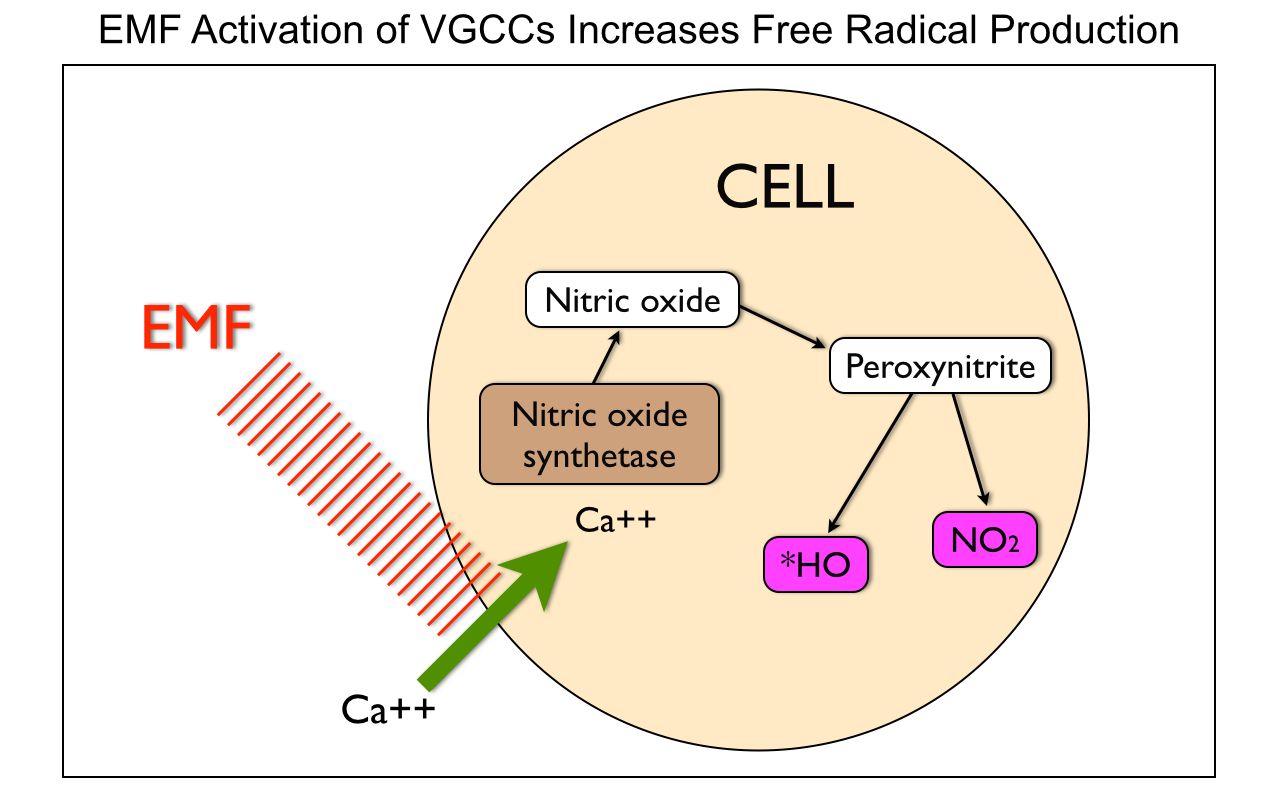
Because of entanglement of the atoms in Posner molecules, two such signals might thus in turn become entangled: a kind of quantum superposition of a “thought”, you might say. If quantum processing is occuring with nuclear spins in atoms, in the brain, it would have to be an extremely common occurrence, happening pretty much all the time. MRI image generation has shown us this is, in fact, true.
What if phosphorus found another atoms (H+, Se, and S) to pair with to prevent environmental decoherence? What happens if some of those atoms are taken up into every mitochondria? Could that allow for an explanation of consciousness using nuclear spin as the switch on and off in brainstem neurons that control consciousness in the ascending reticular activating system?? I think so. The retina projects to this consciousness nucleus in the brainstem but it also projects to the pituitary gland to make hormones when we are conscious too during morning.
Pituitary adenylate cyclase activating peptide (PACAP) is localized in retinal inputs to the SCN, it has been reported to alter clock phase only during the subjective day (Hannibal et al., 1997.)
PACAP shifts in the subjective day, apparently via activation of adenylate cyclase and increased intracellular cAMP. cAMP levels link directly to phosphorus levels in the cell. Here you can see the link yet again. These findings indicate dose and phase specificity of the effects of PACAP, mean it has a new role as a transmitter in the retinohypothalamic tract. This is why I called the central retinal pathway in Vermont a giant semi-conductive circuit that connects the retina to the leptin receptor and the sleep regions of the brainstem. cAMP is a second messenger biomolecule that uses phosphorus as its key activator.
This is where phosphorus has a dual function with respect to sunlight which maybe capable of providing this protection by charge separating water to make excitons. This is the exact process that occurs in chloroplasts and sunlight in photosynthesis. So is there any other atom in the periodic table to that has been shown to alter consciousness just by changing nucelar spin Jack? You do realize how bizarre this mechanism is that you are explaining here? I do. Read on.
LITHIUM AND ITS ISOTOPES: B-mesons in the mitochondrial matrix.
How on earth the lithium ion could have such a dramatic effect in treating mental conditions like bi-polar disorder?
Lithium drugs are widely used for treating bipolar disorder. They work, but nobody really knows how.
“I wasn’t looking for a quantum explanation,” Fisher says. But then he came across a paper reporting that lithium drugs had different effects on the behavior of rats, depending on what form – or “isotope” – of lithium was used.
On the face of it, that was extremely puzzling to Fisher. In chemical terms, different isotopes behave almost identically, so if the lithium worked like a conventional drug the isotopes should all have had the same effect.
But Fisher realized that the nuclei of the atoms of different lithium isotopes can have different nuclear spins. This quantum property might affect the way lithium drugs act. For example, if lithium substitutes for calcium in Posner molecules, the lithium spins might “feel or sense” and influence those of phosphorus atoms, and so interfere with their entanglement.
OUR QUANTUM PROTECTION SCHEME IN CELLS: SOLAR LIGHT BUILDS THE EZ TO CREATE CONSCIOUSNESS BY BUILDING FARADAY CAGES IN OUR CELLS THAT CAN ACT AS QUIBITS:
What is a “Posner molecule”? Its chemical formula is Ca9(PO4)6. In 1975, Aaron Posner, a Cornell University scientist, noticed an odd clustering of calcium and phosphorous atoms in his X-rays of bone. I learned about these in residency when I was studying Becker work on bone physiology. Posner made drawings of the structure of those clusters: nine calcium atoms and six phosphorous atoms, later called “Posner molecules” in his honor. The clusters popped up again in the 2000’s, when scientists simulating bone growth (BMP research of Medtronic) in artificial fluid noticed them Posner molecules floating in the fluid. Subsequent experiments found evidence of the clusters in the body. Posner molecules could serve as a natural qubit in the the bone. I have said single atoms of small groups of atoms could act as qubits as well in many of my older webinars. I got the idea from bone morphogenic research I read in the early 2000’s. Posner molecules are unique molecules that can protect the neural qubits on very long time scales and thereby serve as a (working) quantum-memory that could form the foundations of consciousness. A central requirement for quantum-processing and memory is quantum entanglement. It has been argued that the enzyme catalyzed chemical reaction which breaks a pyrophosphate ion into two phosphate ions can quantum entangle pairs of qubits/wits. It has also been shown that all enzymes seem to work by proton tunneling (Life in the Edge H+ ) , which is another quantum process. So how do I see this working in cells based upon our current state of knowledge? Posner molecules can be formed by binding such phosphate pairs with extracellular calcium ions, will inherit their nuclear spin entanglement. In the same way electron spins can be ordered or entangled before they are passed down to oxygen as the terminal electron acceptor in mitochondrial respiration.
A mechanism for transporting Posner molecules into presynaptic neurons during vesicle endocytosis has been proposed by Fisher in cite 1. Now look at the picture below again more closely. Endocytosis is controlled by calcium messenging controlled by its voltage gating mechanisms with respect to the incident EMF a cell is built to react too. It is well established that nnEMF can disrupt cellular functioning by disrupting the calcium calmodulin pathways that control calcium flow in a cell to cause nuclear genomic changes using non coding RNA and miRNA from non coding parts in DNA just by changing the energy flux in mitochondria as the picture above shows again.
If this mechanism is proven true by further experiments, it would help to explain why certain isotopes lithium can treat bipolar disorder better than others. The lithium available by prescription from a physicians’ prescription pad is mostly the isotope called lithium-7. Would a different isotope, like the much more rare lithium-6, produce the same results as lithium-7 in a bipolar brain? We know that bi-polar people have altered states of consciousness and they all have altered sleep so this mental illness would be an excellent model for to show this quantum mechanism at work deep in the atoms of our cells. It would also explain why biology has never found the physiologic reason why lithium works. Biology does not account for varying nuclear spins in their experimental designs. We do know it occurs in biology, however, because of how MRI images are generated. In modern biologic theory, they would not expect this either since the two isotopes are chemically identical. They differ only in the number of neutrons in the nucleus and this will affect the nuclear spin of the atom of lithium. So I went looking in the literature and found a paper from 1986 that stopped me dead in my tracks. In 1986, scientists found out that the two isotopes of lithium have very different effects in bi-polar disorder. (Cite 5) This is when I began to realize that our quantum battery that drives animal photosynthesis had to use nuclear spin variation to charge us very rapidly.
This paper should have stimulated huge biologic interest in nuclear spins effect on mitochondrion but it did not. I realized how important it was when I read about a quirk in quantum mechaics with respect to battery creation. When physicists began to look at this phenomena, they immediately saw its underlying implication. Lithium 7 and 6 only differ by having one more neutron, but this small change changes how they react in an electric and magnetic field because both isotopes have different nuclear spins. Most biologist and physical chemists have no idea how a nuclear spin affect physiologic ability. They believe that the chemistry of the two isotopes should be the same, and the slight difference in atomic mass largely washes out in the “watery environment” inside cells. They do not even realize that this watery environment would be changed by this isotope effect and this would also effect the action of protons in water networks in cells. These water networks for an extreme Faraday cage inside of cells that would protect it from environmental EMF’s and this would prevent or slow quantum decoherence by preserving coherence of atoms embedded in the EZ water. This is what would sustain quantum effects and would allow us to evolve wakefulness and consciousness from sleep. So what could account for the physiologic differences in behavior of these animals in 1986 that researchers observed?
Nuclear spin provides us some unique quantum possibilities for life. One of nature’s deep secrets might lie in the nuclear spin of several atoms (P, S, Se, H, O), which is a quantum property that affects how long each atom can remain coherent — that is, isolated from its environment native EMF’s. The lower the spin, the LESS the nucleus interacts with electric and magnetic fields, and the LESSquickly it decoheres. Why is this important? The less a nucleus spin rate is the faster a battery can charge and this mechanism would explain how starlight could be used to charge cells rapidly for living almost instantaneously. This was the day I realized animals were more photosynthetic than plants were.
Because lithium-7 and lithium-6 have different numbers of neutrons, they also have different spins. As a result, lithium-7 decoheres too quickly for the purposes of quantum cognition or sleep, while lithium-6 can remain entangled for longer periods of time. This is why lithium improves sleep and cognition in bi-polar patients. It also explains why psychiatrists have no earthly idea of why lithium works. It is a nuclear spin effect. What else did it mean to me?
It also may point out why and how phosphorus works as a photosynthetic catalyst to create hydrogen atoms stripped of their electrons in the mitochondrial matrix, while also having the ability to change H+ using its own nuclear spin. The alteration or flickering between B-mesons and the hydrogen proton (H+) would act to electrically change the chemistry in the mitochondrial matrix to allow for consciousness to emerge. This is why my April 2016 webinar linked mitochondrial density to the level of consciousness that is possible. It also points out why the exclusion zone of water may not just be a capacitor for sunlight (battery). It needs more things buried in water (aquaphotomics)to explain how life can do what it does. The construction of the exclusion zone (EZ) maybe quantum protection scheme for atomic quibits like phosphorous, hydrogen, and oxygen inside of cells.
It also maybe how and why we build billions of Faraday cages from the EZ water during daytime hours to become conscious. The key stimulus to this process maybe light coming through our eyes every morning to make the interference pattern of sunlight vanish. This maybe the signal that consciousness can exist and it would also link it at some strength and level to the charge present within the EZ and within a mitochondria. We clearly have established in neurosurgery and anesthesia, that consciousness varies in strength in disease and injury states and this is why we have stupor and coma scores that are dynamic.
My idea here is innovative when you consider the actions within a mitochondria and the fact that it is surrounded by exclusion zone water and coherent domains within that water. If one looks at the mitochondria we see an organelle that makes massive amounts of hydrogen protons stripped of their electrons that move from the matrix to the outer membrane space and it recycles phosphorus constantly via the ATPase.
How would this all work in unison in a tissue?
The brain is loaded with mitochondria. The Casmir effect is used within the human brain deep in the white matter tracts that are perpendicular to the path of the neuron. They simulate the lines of magnetic flux that come from the magnetic field of a magnet. Anytime we slow light down from its speed limit we create things with mass that become matter. How does life, our brain or the cuttlefish do it deep in the dark see to make light at night like the sun does during the day to make even more melatonin to regenerate us at night?? Tissues likely manipulates the SQUIDS in our semiconductive circuits relative to the light contained within our colony of mitochondria in our tissues. This would control the level of phosphorus and sulfur to act as wits as we sleep. Cells have figured this out billions of years ago just using starlight, water and the electromagnetic field production from biomolecules on Earth to form many Superconducting Quantum Interference Device (SQUID) on the surface of your brain that allows you to be human. SQUID’S are important in the mammalian neocortex because they are able to switch signals from one neural circuit to another, at extremely high speeds, while storing massive amounts of information, all while using very low power dissipation.
This all can be done in the tightest of quarters. The skull limits space and lack of space means the scale of action has to shrinks. This is a huge thermodynamic benefit for a quantum process. Quantum processes dominate the small scales of nature. This is why we don’t observe them. If we did, it would change the reality we would observe. I mentioned this in Vermont 2017 as part of the Quantum Zeno effect. This process of light emission works at nanoscopic levels on semiconductor carbon chips in the subarachnoid space of your brain, just as it does in the silicon chips of your laptop’sin its motherboard. This is precisely what happens on the human neocortex and explains how the cortex actually can do the things it does. This occurs using another quantum principle called the Josephson effect.
The 1971 Nobel Prize was given for discovery of this effect to Brian Josephson. Moreover, the Josephson effect provides the biologic and technologic basis for the development of an ultra sensitive magnetometer called a SQUID. A SQUID instrument (or biologic tissue) is capable of detecting the magnetic fields produced in spaces in or around the body. We now know from Dr. Doug Wallace and Dr. Meagan McManus work on intermitochondrial junctions (IMJ’s) that the alignment of cristae in mitochondria in any tissue seems to align like magnetic flux lines from a magnet when they are producing maximum power. The bottom right of the slide below shows the effect.
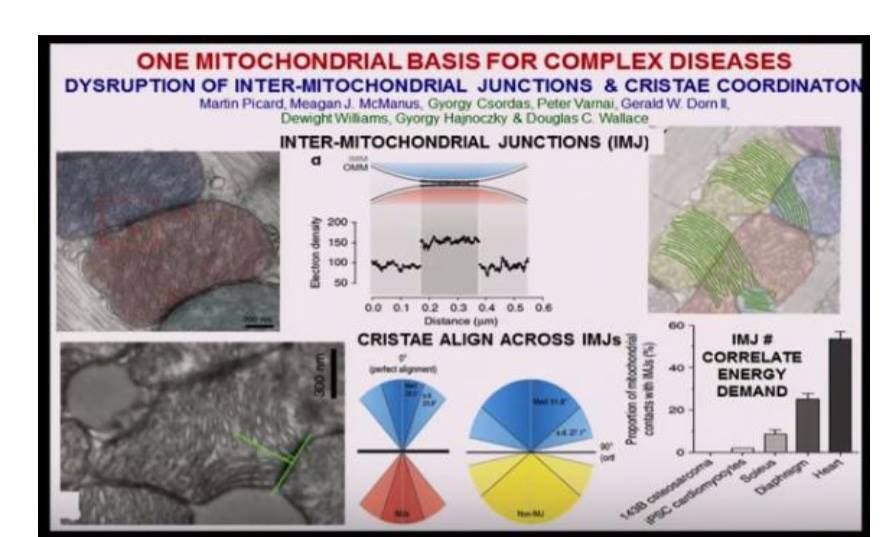
This implies that mitochondrion working in unison by oscillating and aligning are a biologic SQUID that works to harvest the electric charges in our skin and circulatory system’s to pull the sun’s energy into the cellular environment. The use of all these atoms is critical in extracting solar energy from tissues to make life happen. My model of cellular function allows semiconductors in our cells or outside our cells to absorb all sources of energy in oscillating, vibrating polar wave forms. These energies are then directed and redirected by biologic SQUID’s into circuits to excite cells or syncytiums of cells in organs to perform coordinated physiologic functions. Cholesterol is one of these biologic SQUIDS in the lipid raft of arteries and our skin where sunlight has a massive effect on this semiconductor. To work well in tissues, tissues must be sulfated. Guess what sulfates tissues? Sunlight via melatonin levels.
The sun is the main way humans make vitamin D3 from cholesterol but to optimize the process cholesterol needs to be sulfated. The sulfation step adds a quantum dots to the skin and this quantum dot allows massive rapid solar recharging to occur on the skin. By QED laws anytime you add quantum dots to a system is allows a quantum battery to charge way faster than conventional batteries so this is why life can harness solar energy when energy is required. This limits our reliance of foods if the system is optimized to starlight recharging or magnetic energies at night. Of course this assumes your quantum battery mechanism is not blocked from its wireless charger in the sky or a connection to Earth. So now that researchers are catching up to quantum biology maybe they should begin questioning clinicians offfering therapies burying the sun or becoming insulated from Earth? When the environment around cholesterol in a cell changes it affects how electrons move within it. It also effects how they can be excited. People forget cholesterol has a ring structure that mimics how aromatic amino acids acts as photon traps. This make cholesterol or sterols an optical redox sensor of light frequencies from our star. When electrons are added to cholesterol from the DHA in blood vessels, it is called its “reduced state”, and this makes it more water soluble or hydrophilic. When something becomes more water soluble it can than use other quantum mechanical means of light energy transfer. RBC’s are suspended in blood plasma which is made of 93% water. Water is the ideal chromophore for UV and IR light. This is why animals use water and hemoglobin, cholesterol, and sunlight to transfer energy to our cells by way of S, P, and Se in our tissues. We are photoelectric creatures at all levels.
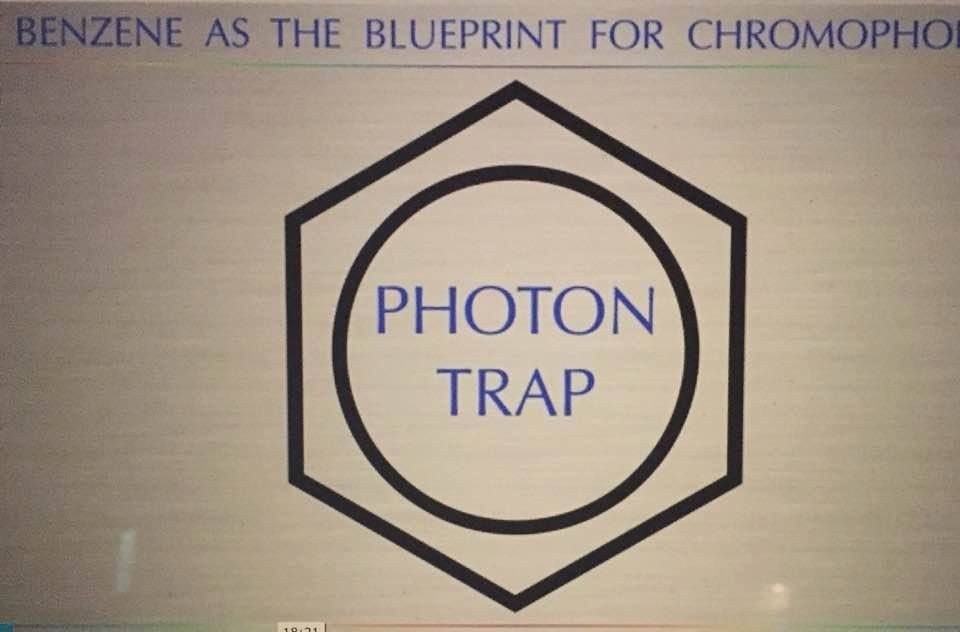
Normally in a brain working well, cortisol shows up in early morning when solar blue light and red light are balanced and UVA and UVB are absent. This release of cortisol helps germinate new neuron circuits during daytime, but melatonin is critical in pruning arborization in neurons and new neuronal connections and proteins. Melatonin is made by the combination of IRA and UVA early in the AM and later in the PM closer to sunset. So if anything blocks this process you just created a circadian mismatch. This lowers melatonin and normally it is very active in the process of ubiquination in the brain and the skin by controlling sulfur and phosphorus. Why? People forget that both brain and skin come from neuro-ectoderm in an embryos’ layers. This is why Vitamin A and D3 exist in the adult form. My August 2017 webinar really tries to make you understand how the gears of the eye clock work with sunlight. Theses are the bio-chemicals that allow these two organs to speak to each, other using light frequencies from the sun, to pass information and energy into tissues who can use this quantized data to make sense out of the environment just using light. This is how frequencies of our star become biochemical messages in our tissues. It is also how the brain creates time in our brain and body. When the light cannot get into our tissues properly, either diurnally or in circadian fashion, the skin, blood, and brain diseases from mitochondria explode on the scene of reality. That is what we are all seeing today. Melatonin has been widely studied in biology for its role in photoperiodism in seasonal breeders; but it is also a potent antioxidant active in mitochondrion, as seen below from my Vermont slide.
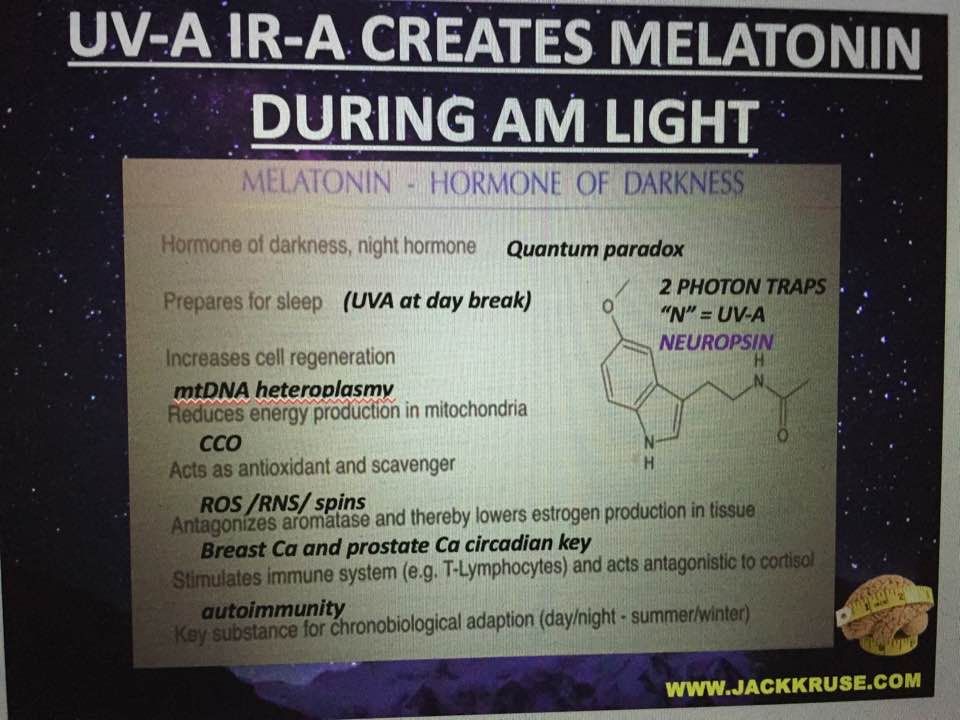
Melatonin’s main effect is controlling mtDNA by lowering heteroplasmy rate by lowering our basal metabolic rate at night!!!! This lowers our respiratory quotient. This means melatonin not only controls tissue sulfation levels, but it also controls heteroplasmy rates in tissues locally and globally in our body. Because it controls the delivery of sulfur to tissues, it also controls how many quibits/wits will be present in tissues where sunlight can collide with it. The same is true with magneto-energy too!! I would suggest going back and re-reading Tensegrity 7 at this point to make deeper connections. Tissue sulfation link directly to ubiquitin activation in cells. Ubiquitin turns on DNA protein translation and it is very costly in energy to a cell. This is why we want to keep genes quiet when we are looking to get healthy. When ubiqutin is up redox levels are low and tissue sulfation is suboptimal. Ubiquitin, a protein also widespread in living cells, contributes to many cellular events, although the most well known is that of tagging proteins for destruction by the proteasome. So how does all these aspect fit together in a cell?
Melatonin interacts with the ubiquitin–proteasome system to regulate the central activity of thyroid hormone type 2 deiodinase; the subsequent regulation of T3 (made from AM light slowing in retinal pathways), is central to the melatonin-and sulfur induced changes in seasonal reproduction and seasonal changes in metabolism. This is how light changes the surfaces of most animals eyes and skin. This includes humans when the sunlight frequency changes in our environment. Today man’s sun is artifical blue light which lowers tissue sulfation and activates epigenetic activation of DNA. Today man rarely is in ENOUGH sunlight due to his teether to technology which brings him inside or in front of a blue lit mobile phone. This is also why excessive man made blue light can alter thyroid function in humans to lower T3 and raise reverse T3 = leptin resistance. My Vermont 2017 talks lays out further details and you can find the video on youtube.
People with skin and eye surface alteration also hurt themselves because they limit how much sunlight can get into their skin and deeper layers where the blood vessels have RBC waiting to be irradiated as UV-A light releases nitric oxide (NO) to get the job done. This is why most people with surface alterations of any kind usually have low dopamine and low melatonin in their tissues. Most just fail to realize why I say this. It is not deragotory at all; it is diagnostic for the mitochondriac. Low melatonin always walks hand and hand with low local and systemic sulfation levels because both amines are solar hormones made by UVA and IRA light combination found in the AM and later PM. Moreover, cells all release ELF-UV to regenerate these amines in tissues for a deep reason. The battery of life needs sulfur and phosphorus to acts as ‘wits’ for solar recharging. Many papers have shown that glutathiolation (sulfate creation from sunlight and cysteine think Energy Epigenetics 12 blog) of this enzyme protects proteins from unnecessary degradation by ubiquination. Many do not realize that sunlight sulfates matter in us and the sulfur from tissues like the skin is normally carried by melatonin to other tissue depots, and it may limit protein degradation in places with mitochondrion like the brain and skin. So if the melatonin is not present locally (UVA/IRA) nothing get sulfated by sun exposure. It has nothing to do with the sulfur you eat. What are the five main things sunlight sulfates? Cholesterol, heparin, platelets, DHEA, and Vitamin D3. This begins to tell you why surface alteration and low dopamine and melatonin are strongly correlated by light.
SUMMARY
We think that hydrogen protons inside and outside the matrix are the same, but this belief maybe false because of what we know about B-meson and H+ ability to transition naturally. Inside the mitochondrial matrix, hydrogen has to be stripped of its sole electron before it can become a metal plasma to make electricity for life. This small detail makes it subject to changes in nuclear spin. We also may not realize that a very tiny change in hydrogen atom may change the entire physiology of mitochondria in the same way lithium isotopes can change neuronal physiology in bi-polar patients mentioned above. Moreover, there are several ways in which its plausibility can be tested, starting with the idea that phosphorus and hydrogen spins can vary in Posner like molecules to maintain their quantum coherence for long periods of time, under the constant pumping in of solar light or magnetic flux from Earth before they can decohere. Studying this effect within an Exclusion Zone shell around mitochondria’s double membraned matrix using solar light to control the size of this micelle might be easy to do these days in a lab. We need Dr. Wallace and Dr. Pollack to read each other’s work. They key metric measurement of the effect might be the size and charge within the EZ shell. I beleive the size and shape of the EZ is a function of the quibits/wits found in the EZ. I think Pollack’s lab could easily do this experiment today. No one is thinking in these ways today, because they do not understand the physics of organisms. That is what science should be aiming to do in the next century if they want to understand life more fully. Consciousness maybe tied to animal photosynthesis, which is likely linked to phosphorus and sulfur nuclear spins changes between day and night.
CITES
- http://www.sciencedirect.com/science/article/pii/S0003491615003243
- https://www.quantamagazine.org/20161102-quantum-neuroscience/
- https://arxiv.org/abs/0905.3787
- https://www.quantamagazine.org/20130730-in-pursuit-of-quantum-biology-with-birgitta-whaley/
- https://www.ncbi.nlm.nih.gov/pubmed/3019440
- https://www.ncbi.nlm.nih.gov/pmc/articles/PMC4596090/
- https://www.ncbi.nlm.nih.gov/pubmed/27385336
- https://phys.org/news/2015-08-faster-battery-quantum.html
- http://www.wrf.org/men-women-medicine/dr-harold-s-burr.php
- https://forum.jackkruse.com/index.php?threads/atherosclerosis-and-the-tensegrity-7-blog.16491/page-2
- https://arxiv.org/pdf/1503.07005.pdf
- https://www.ncbi.nlm.nih.gov/pubmed/27126038
